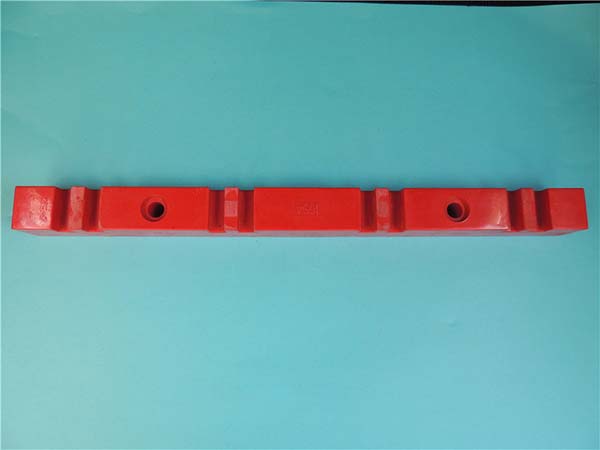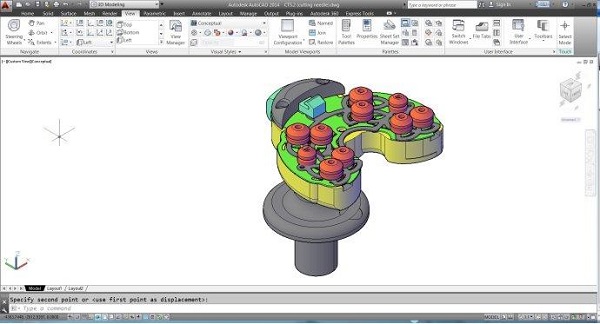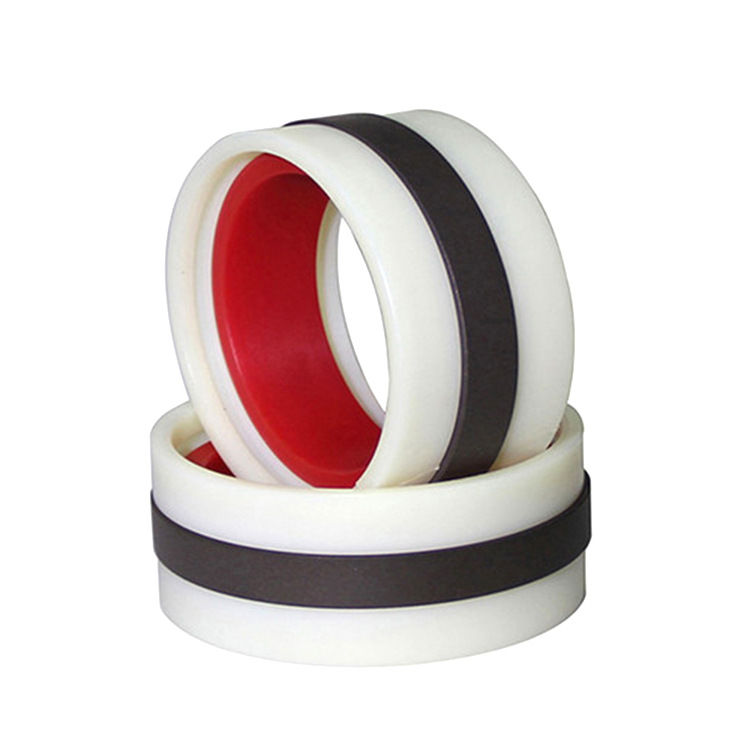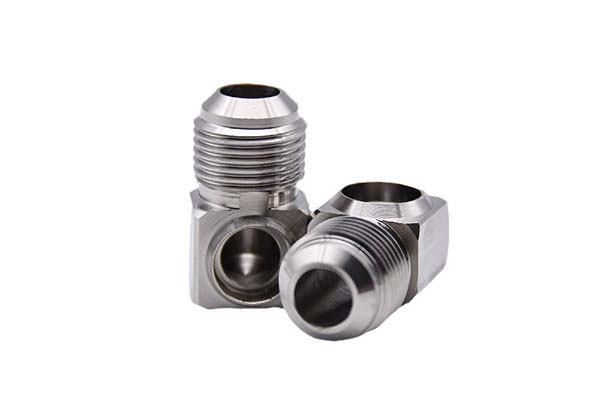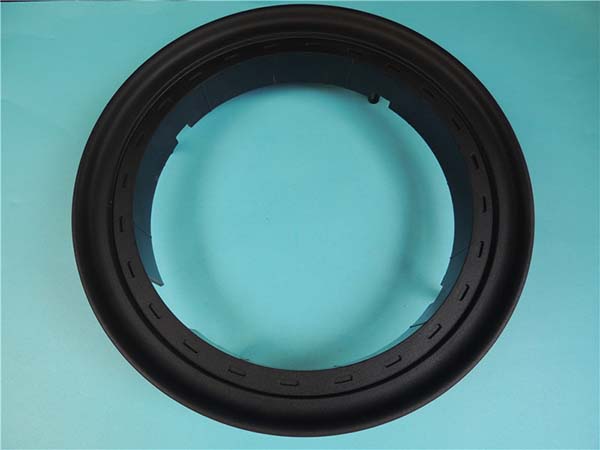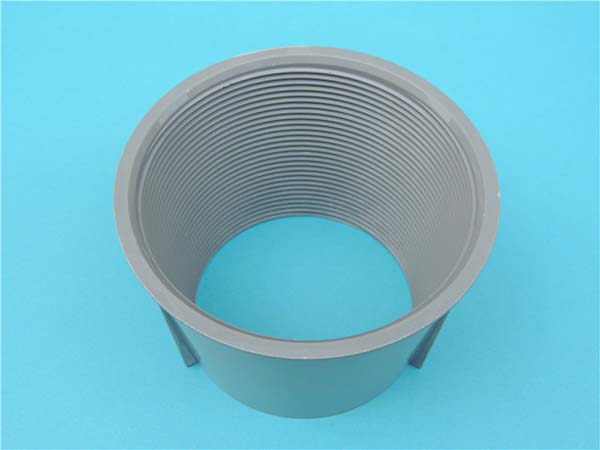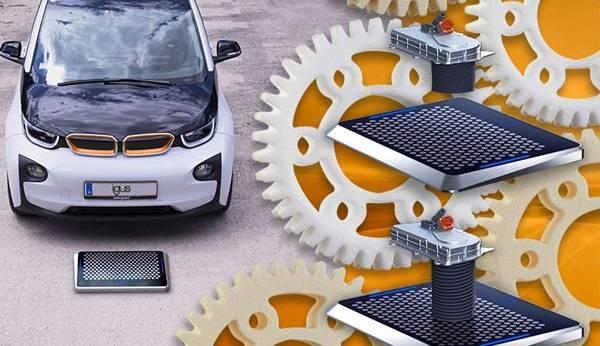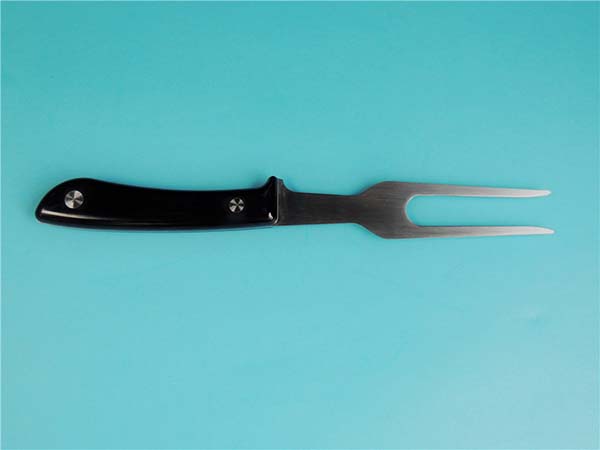Introduction
In recent years, 3D printing, also known as additive manufacturing, has emerged as a revolutionary technology that is transforming multiple industries. It involves creating three - dimensional objects by layering materials based on a digital model, typically from a CAD (Computer - Aided Design) file. This method contrasts sharply with traditional subtractive manufacturing, which removes material to shape a product.
3D printing has been making waves in the manufacturing, medical, aerospace, and automotive sectors, among others. The technology's ability to produce complex geometries, enable rapid prototyping, and offer cost - effective solutions for small - batch production has attracted the attention of businesses and innovators worldwide. In this article, we will explore several 3D printing case studies across different industries. By examining real - world applications, we can gain a better understanding of how 3D printing is being used, the benefits it offers, and the challenges it still faces. This knowledge will be invaluable for those considering implementing 3D printing in their own operations or simply interested in the cutting - edge of manufacturing technology.
3D Printing in the Medical Field
Customized Prosthetics
3D printing has made a significant impact in the production of customized prosthetics. Take the case of a young child born with a congenital limb difference. In the past, traditional prosthetics for such a case would be a one - size - fits - most approach. The process of making traditional prosthetics involved multiple steps: a plaster mold of the residual limb was taken, which was then used to create a prosthetic socket. This process was not only time - consuming, often taking weeks to complete, but also not very precise. The resulting prosthetics might not fit perfectly, leading to discomfort and potential skin irritations for the wearer.
With 3D printing, the situation is quite different. First, a 3D scan of the child's residual limb is taken. This scan is then converted into a digital model. Designers can use specialized software to adjust the model, ensuring a perfect fit for the individual. The 3D printer then layers materials, such as thermoplastics, to create the prosthetic socket. This entire process can be completed in a matter of days. A study showed that 85% of patients who received 3D - printed prosthetics reported a better fit compared to only 30% of those with traditional prosthetics. The cost of 3D - printed prosthetics is also often significantly lower, sometimes only a fraction of the cost of traditional ones, making them more accessible to those in need.
Organ Printing Research
In the realm of organ printing research, 3D printing has shown great promise but also faces substantial challenges. Scientists have made progress in printing simple tissues. For example, there have been successful attempts to 3D - print skin tissue. By using a combination of bio - inks, which are made up of living cells, growth factors, and biocompatible materials, researchers can create a structure that mimics the layers of natural skin. This has applications in treating burn victims, as the printed skin can potentially be used for grafting.
However, printing complex organs like the heart or liver remains a significant challenge. One of the main obstacles is the need to create a vascular system within the printed organ. Organs require a network of blood vessels to supply oxygen and nutrients. Currently, 3D printing technology has not fully mastered the creation of such a complex and functional vascular network. Additionally, ensuring that the printed cells remain viable and differentiate into the correct cell types in the long - term is still a research area that needs more development. Despite these challenges, the potential benefits are huge. If successful, 3D - printed organs could potentially solve the organ shortage problem in transplantation, saving countless lives.
3D Printing in the Automotive Industry
Rapid Prototyping
In the automotive industry, rapid prototyping with 3D printing has become an essential tool for car manufacturers. For example, Ford has a rapid technology center in Merkenich, Germany. Here, engineers can use various 3D printing technologies to quickly create prototypes. In the past, using traditional methods to create a prototype might take weeks. This was because the process involved multiple steps such as making a physical mold, which was both time - consuming and labor - intensive. Each iteration of the design would require starting over from the mold - making stage, leading to significant delays.
However, with 3D printing, Ford's designers can get the design results within just a few hours. They can even complete multiple design iterations in a few hours. For instance, when creating the letter prototype on the rear of the Ford Puma, the Formlabs 3D printer enabled designers to view the lines and shadows under different lighting conditions on the same day. This ability to quickly produce prototypes allows for more efficient design testing and improvement, shortening the overall product development cycle. According to industry data, 3D printing can reduce the time for prototype development by up to 80% compared to traditional methods, saving both time and a large amount of cost.
Custom Parts Production
3D printing also plays a crucial role in the production of custom parts in the automotive industry. Take the example of Utah Trikes, a producer of tricycles, quadricycles, and custom wheelchairs. The company's business is centered around customization. Before using 3D printing, they faced challenges in producing custom parts, especially for small - batch production. The cost of traditional manufacturing methods, such as using CNC machines, was high for small quantities, and it was difficult to control costs when customers only needed a small number of parts, say 100 pieces.
With 3D printing, Utah Trikes can easily produce testable prototypes. They can also use materials like Stratasys FDM nylon 12 carbon fiber to create parts with excellent mechanical properties. The company's designers can now focus more on creating better - fitting and more functional parts without being restricted by traditional manufacturing limitations. A report shows that the use of 3D printing in the automotive custom - parts sector has been growing at an annual rate of about 25% in recent years. In the case of luxury cars, some manufacturers are using 3D printing to produce unique interior components, such as customized center consoles or decorative elements, to meet the high - end and personalized needs of customers.
3D Printing in the Construction Industry
Building Components Printing
3D printing is making inroads in the construction industry, especially in the printing of building components. A prime example is the use of 3D printing to create pre - fabricated wall panels. In a large - scale housing project in Dubai, a construction company utilized 3D printing technology to produce wall panels.
The traditional method of producing wall panels involves casting concrete in molds, which requires a significant amount of formwork preparation, curing time, and labor for demolding and transportation. With 3D printing, the process becomes much more streamlined. A 3D printer can directly extrude a special concrete - like material layer by layer to form the wall panel according to the digital design. This not only speeds up the production process but also reduces the waste of materials. Traditional methods often result in material waste due to inaccurate cutting or over - production. In contrast, 3D printing produces components with high precision, reducing waste by up to 40% according to some estimates. Additionally, the construction time can be cut down by as much as 30% because the pre - printed components can be quickly assembled on - site, eliminating many on - site construction steps.
Sustainable Building Materials
Another significant aspect of 3D printing in construction is the use of sustainable building materials. There are ongoing efforts to use recycled materials in 3D - printed construction. For instance, some researchers are experimenting with using recycled plastic waste mixed with other binders to create 3D - printable building materials. By recycling plastic waste, which is a major environmental pollutant, this approach kills two birds with one stone. It reduces the amount of plastic waste in landfills and oceans while also providing a sustainable alternative for construction materials.
Moreover, some 3D - printed construction projects are using bio - based materials. These materials are renewable and have a lower carbon footprint compared to traditional building materials like cement. A 3D - printed house in the Netherlands was constructed using a combination of bio - based materials and recycled plastics. The use of these sustainable materials in 3D printing contributes to the overall goal of reducing the construction industry's environmental impact, which is a crucial step towards a more sustainable future considering that the construction industry is a major consumer of resources and a significant emitter of greenhouse gases.
Yigu Technology's Viewpoint
As a non - standard plastic metal products custom Supplier, Yigu Technology has witnessed the transformative power of 3D printing firsthand. 3D printing allows us to produce highly customized and complex parts that were previously difficult or costly to manufacture using traditional methods. For non - standard products, the ability to quickly turn a design concept into a physical prototype through 3D printing significantly shortens the development cycle.
Moreover, 3D printing reduces the need for large - scale inventory. We can print parts on - demand, saving storage space and capital tied up in inventory. This not only improves our operational efficiency but also enables us to respond more flexibly to customer demands. Looking ahead, we believe that 3D printing will play an even more crucial role in our industry. We are eager to explore more applications of 3D printing technology and collaborate with more partners to create innovative solutions that meet the diverse needs of the market.
